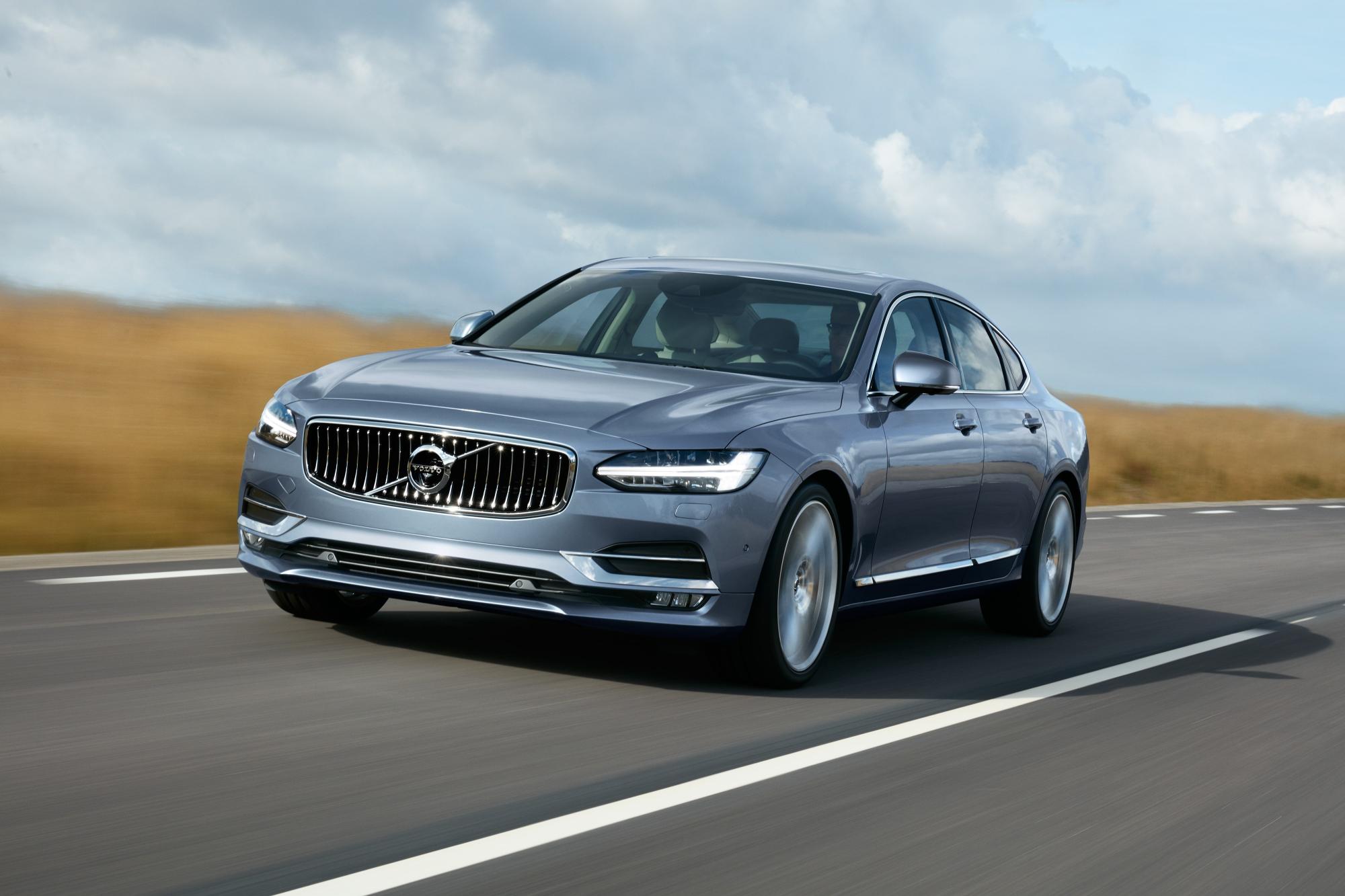Foreign Car Makers Move More Manufacturing to United States

Here’s a surprising statistic for you: the Big 3 Japanese car makers, Honda, Toyota and Nissan actually built more cars in the U.S., last year, than the Big 3 American car makers, GM, Ford and Chrysler. Of course, when you add in trucks and other utility vehicles, the U.S. automakers come out on top: 6.44-million vehicles to 3.48 for their Japanese – but those numbers are getting closer, as well.

Mazda and Toyota have recently announced that they have formed a joint manufacturing entity called “Mazda Toyota Manufacturing, U.S.A., Inc.” (MTMUS). Mazda is introducing a new crossover model that will be produced in the new Huntsville, Alabama factory, along with Toyota Corollas. The new plant will be capable of producing 300,000 vehicles per year and will employ about 4,000 American workers. The total investment in the new plant for both companies will be upwards of 1.6 billion dollars.
It Began with Export Restraint Agreements
So how did this Asian incursion into auto manufacturing start? In 1981, Japanese carmakers voluntarily signed an export restraint agreement with the United States that limited the number of cars actually assembled in Japan that could be imported for the American market. If the Asian cars were assembled in the U.S., they were exempt from those restrictions.
Of course, the reason that the Japanese, and other Asian manufacturers, had been successful enough to actually move sectors of their manufacturing into North America, at great expense, was because their manufacturing costs were far below those of their American competitors when they first began producing cars for the North American market, back in the 1960s.
Bottom line back then was, Asian autoworkers were paid less than their American counterparts and many work safety standards were not as strict in Asia as they were here in North America.
So when the Asian manufacturers first started building assembly plants in the United States, in the 1980s, mostly in the right-to-work states of the South, there were concerns that safety standards in these new factories might not be up to standards common in American factories. And there were problems, mostly with communication, at the beginning of the Asian manufacturing immigration that resulted in some worker accidents.
But the Asian manufacturers soon learned that producing cars with American workers would require a different mindset than to which they were accustomed. American workers and their 14th amendment legal rights entitled them to due process if there was an accident in a factory, something unfamiliar in Asian business culture.
For example, in North Carolina, which has many offshore company manufacturing facilities, Raleigh manufacturing accidents attorneys, like Samuel A. Scudder, explain: “Life after a severe manufacturing accident can be quite stressful. There are multiple medical appointments and bills to take care of, and you may not know how to pay for any of them. This is in addition to your everyday expenses that existed before your injuries.”
So, companies are not only responsible for designing a safe environment in which their workers produce, but also for the long-term affects of any accident that might occur in these new auto factories. This was a concept not only unfamiliar in Japanese business culture, but completely foreign to Asian manufacturing as a whole.
Asian Manufacturers Step up and Adapt
In 1980, when the Nissan Motor Company proposed building its first American manufacturing facility near Smyrna, Tennessee, the U.S. auto labor force was overwhelmingly union-represented. Rather than adapt their manufacturing techniques to a union paradigm, the Nissan engineers and HR personnel decided to integrate their “team concept of production” into their American factories.
The Japanese model separates workers into small groups under a team captain. This team is autonomous and works out its own works schedules and skill classifications. The result was that where a U.S. unionized auto factory would typically have up to 80 different worker classifications on a single assembly line, the Japanese model would replace that with these small teams with basically one classification.
Workers are allowed to rotate their assignments through their team leader, which broadens the skill-set of all the workers in the team and, ostensibly, makes their jobs less repetitive and boring.
Japanese attendance policies were much stricter than their American union counterparts, so in order to mitigate the effect of these stricter standards, Nissan offered to pay a larger percentage of contribution into employee savings accounts depending on attendance. This sort of partnership paradigm has rewarded the Asian manufacturers with American workers who have bought into the teamwork concept, and truly want to grow with the company.





